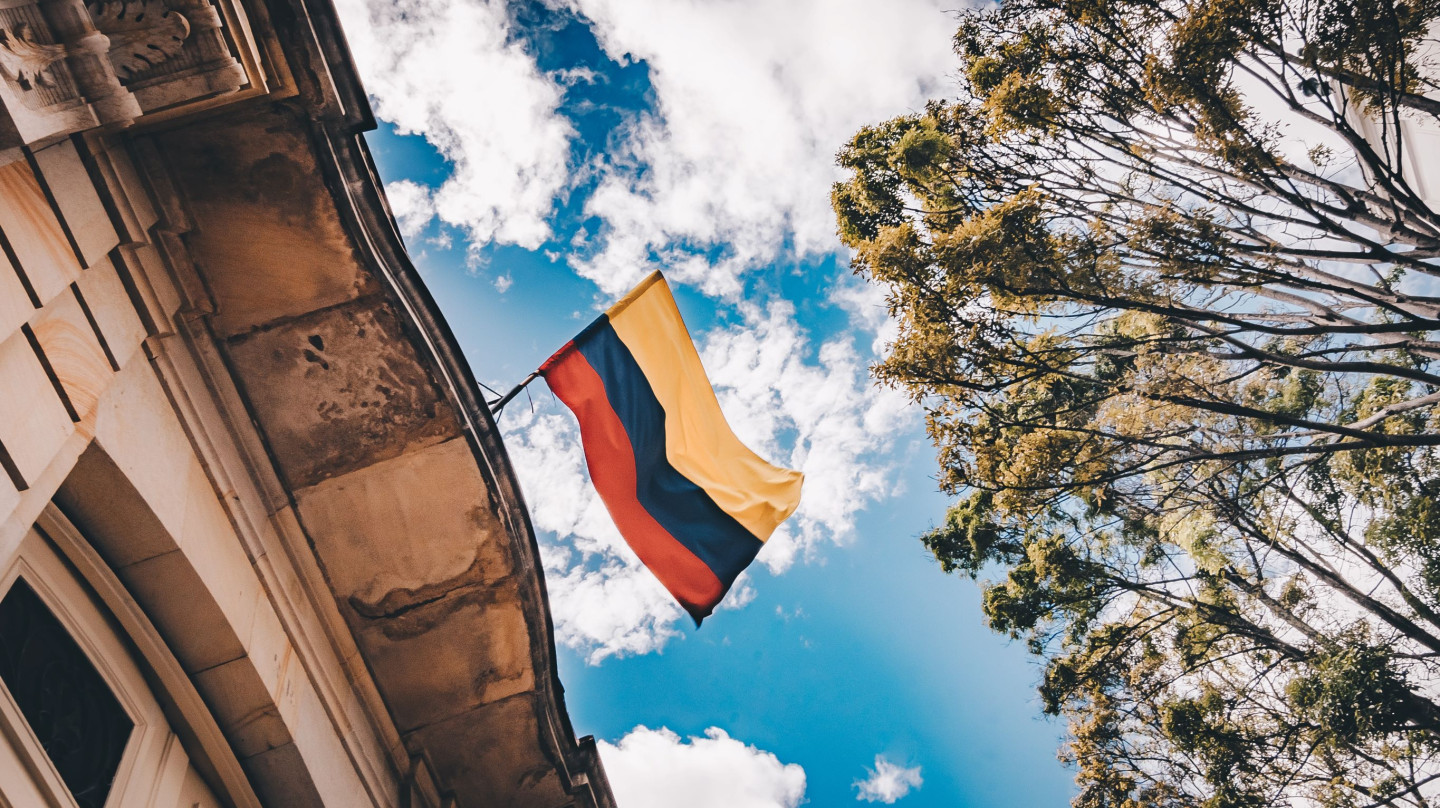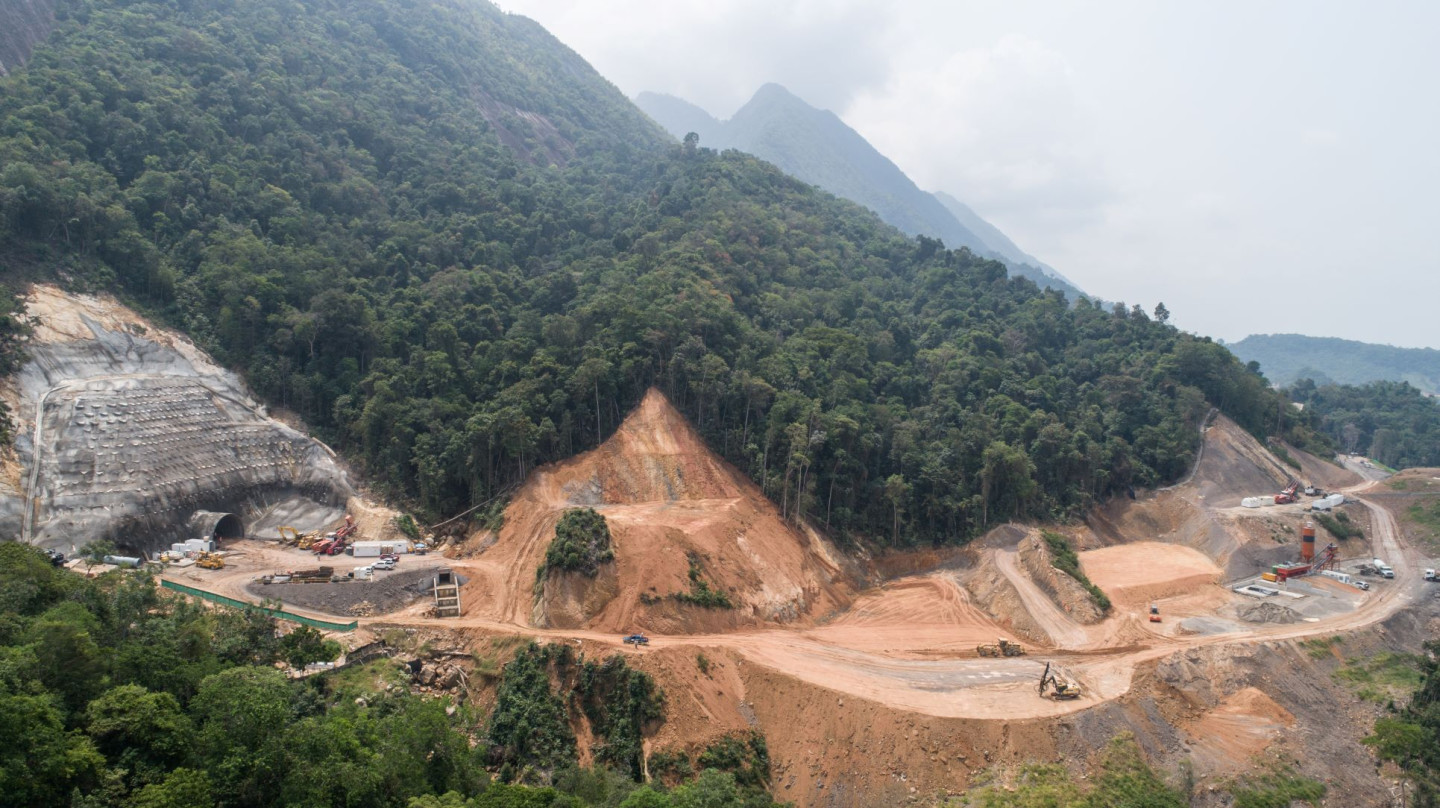
Ruta del Cacao, Colombia
John Laing acquired a 30 per cent stake in the Ruta del Cacao road project in Colombia in 2019. The project is at the heart of the development of North-Eastern Colombia, and involves remodelling and improving part of the existing roadway as well as designing and building a new road between Bucaramanga and Barrancabermeja.

The acquisition marked the Group’s entry into Colombia, an OECD member state with a strong and stable PPP framework and a good pipeline of PPP projects focused on transport, a core area of John Laing expertise. Teaming up with existing partner Ferrovial, the acquisition of a stake in the project was an opportunity to de-risk our entry into a highly attractive market.
Colombia’s $15bn 4G road programme
The project is being delivered as a public-private partnership (PPP) and is part of the Colombian government’s $15 billion Fourth Generation (‘4G’) road building programme aimed at integrating and upgrading the country’s road network and creating better connectivity. Colombia has some of the poorest roads in the world, exacerbated by challenging terrain. Upgrading the national road network is a key priority to reduce transportation costs, improve economic competitiveness, better connect the interior and industrial centres to the coast and major ports, and improve road safety.
The project consists of a 29-year design, build, finance, operation and maintenance contract for new roads, tunnels, viaducts, bridges and toll stations as well as upgrades to existing road segments.
The project is expected to boost employment and stimulate economic development by improving connectivity with Eastern Colombia, providing an important connection between the cities of Bucaramanga, Barrancabermeja and Yondo in the Santander Department of North-Eastern Colombia.

Construction began in 2016, is now well advanced with some of the most complex challenges of the build now completed and on track to complete during 2023.
For further detail on Ruta del Cacao, please click here.
Ruta del Cacao, Colombia
John Laing acquired a 30 per cent stake in the Ruta del Cacao road project in Colombia in 2019. The acquisition marked the Group’s entry into Colombia, an OECD member state with a strong and stable PPP framework and a good pipeline of PPP projects focused on transport, a core area of John Laing expertise.
I-75 Modernisation Project, US
Modernisation of an 18-mile stretch of the I-75 in Michigan, USA.

I-77 Express Lanes, US
John Laing is a 17.45 per cent shareholder in I-77 Mobility Partners, the company that has developed and is operating the I-77 Express Lanes project.

A6 Parkway, Netherlands
This program includes an expansion of the road between Schiphol (A9) – Amsterdam (A10) – Almere (A6).

A16, Netherlands
The project consists of a new 11 kilometre connection between the A13 and A20 motorways north of Rotterdam in order to relieve congestion and improve access to The Hague airport.

A130 Bypass, UK
CountyRoute was chosen by Essex County Council in October 1999 as their private sector partner for the new A130 bypass.
